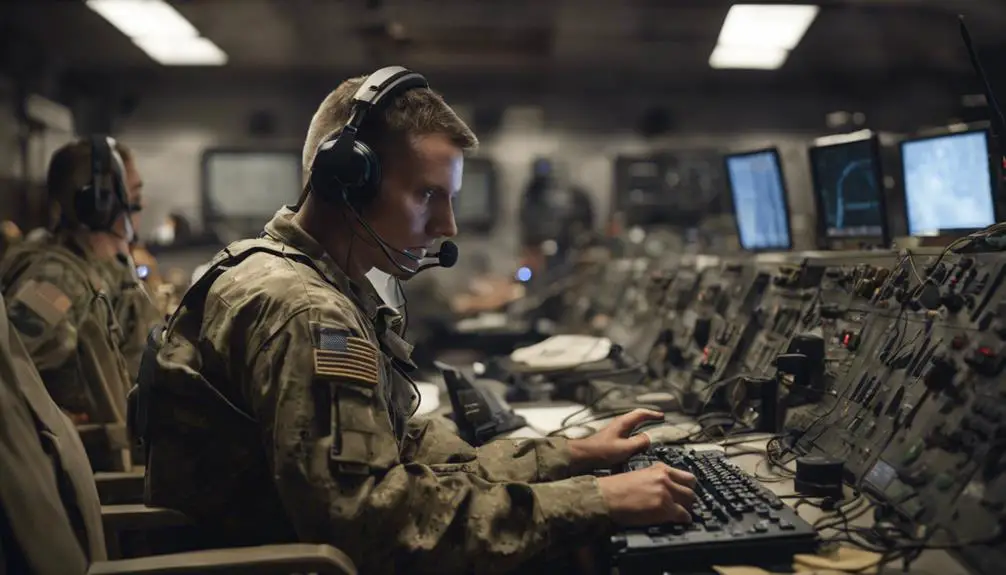As a military radio operator, you'll need to master a unique set of slang terms and abbreviations to guarantee clear and efficient communication. You'll use standardized terminology, phonetic alphabets, and call signs to convey critical information. Tactical phrases, mission-critical abbreviations, and emergency signals are essential for effective communication. You'll also learn to coordinate fire support, report situational awareness, and employ radio etiquette. With over 1,000 standardized terms and phrases across different branches, you'll need to commit key phrases to memory for seamless communication. As you explore the world of military radio operations, you'll uncover the nuances of each term, and how they come together to drive mission success.
Essential Radio Protocol Terms
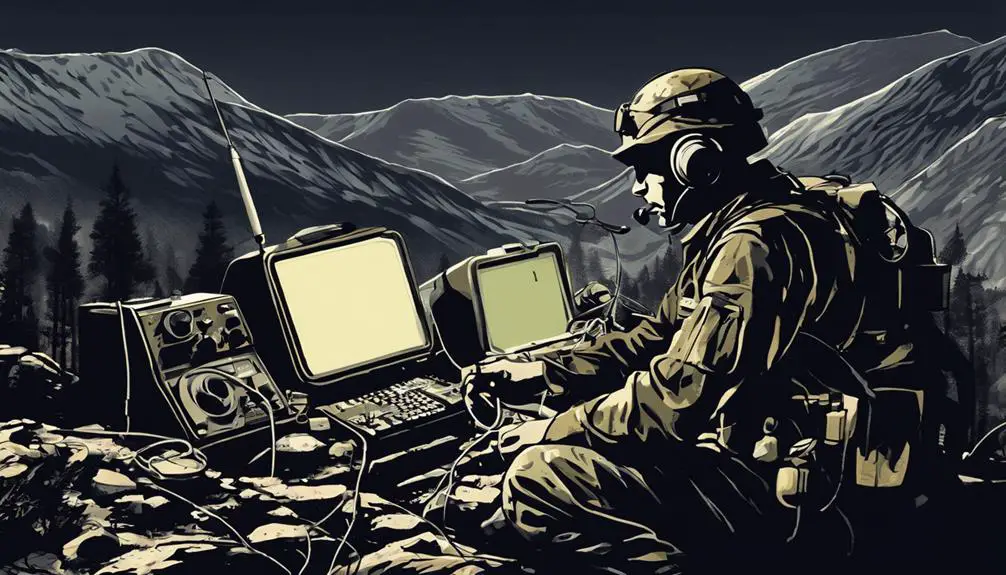
When communicating over radio, you'll frequently use essential radio protocol terms to guarantee clear and efficient transmission of information. Adhering to radio etiquette guidelines is vital to make sure seamless communication. You'll need to understand frequency allocation procedures, which involve assigning specific frequencies to different units or teams to prevent interference. This includes knowing when to transmit, how to address others, and what to say in various situations.
You'll need to use standardized terminology to convey messages clearly and concisely. This includes using abbreviations, such as 'ROGER' to acknowledge receipt of a message, and 'OVER' to indicate the end of a transmission. You'll also need to be familiar with phonetic alphabets, such as the NATO phonetic alphabet, to clearly communicate letters and numbers. By following these essential radio protocol terms, you'll be able to communicate effectively and efficiently, ensuring successful mission execution.
Common Call Signs and Codes
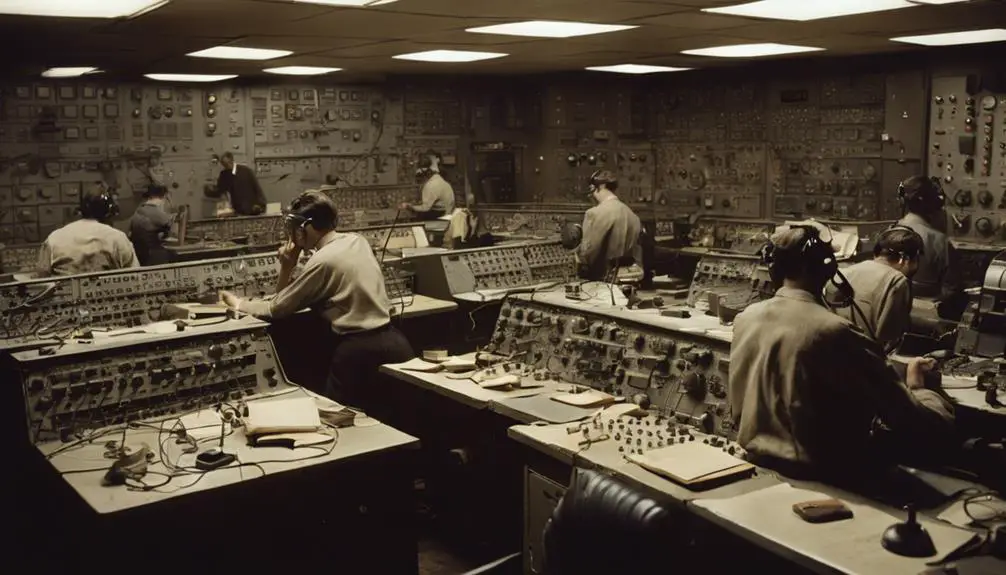
You'll use common call signs and codes to identify yourself, your unit, or your location during radio transmissions, making sure that messages are directed to the correct recipient and preventing confusion or misinterpretation. This standardized system is vital in high-pressure situations where clear communication is paramount.
In the Radio Lingo Evolution, call signs have become an essential part of military communication. You'll be assigned a unique call sign, which serves as your identifier during radio transmissions. Call Sign Etiquette dictates that you announce your call sign at the beginning and end of each transmission, followed by your message. This protocol helps prevent miscommunication and ensures that messages are received by the intended recipient.
When transmitting, you'll use numerical codes to convey specific information, such as grid coordinates or mission updates. These codes are standardized across the military, allowing for seamless communication between units. By adhering to these protocols, you'll guarantee efficient and effective communication, even in the most intense combat situations.
Tactical Communication Phrases
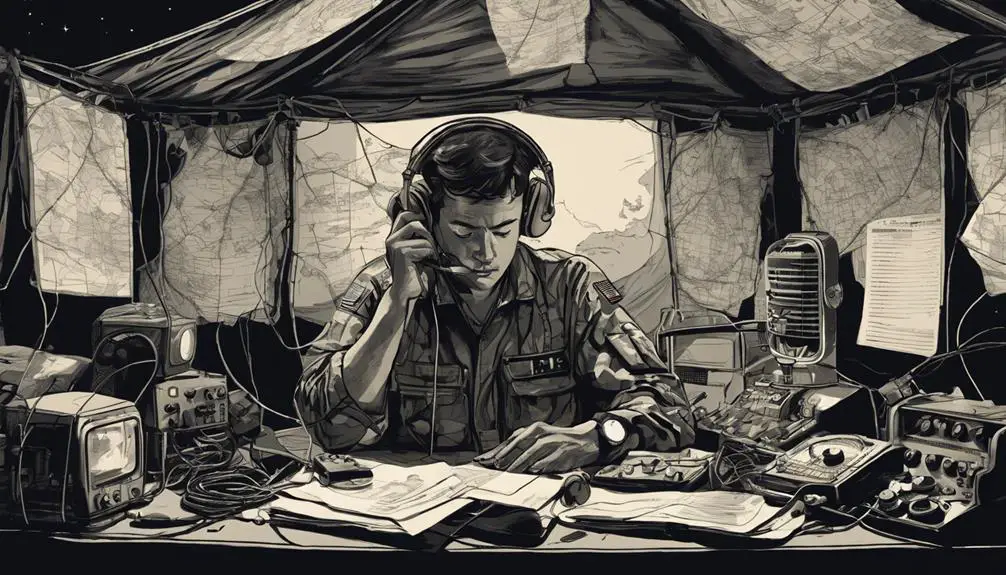
In high-stress, dynamic environments, tactical communication phrases provide a standardized lexicon for radio operators to convey critical information quickly and accurately. You'll use these phrases to guarantee clear and concise communication, reducing misunderstandings and errors.
When using tactical communication phrases, you'll adhere to established radio etiquette, following a structured voice procedure. This includes using standardized phrases for common tasks, such as 'Roger that' to confirm receipt of information or 'Say again' to request clarification. You'll also use specific phrases to report your status, like 'En route' to indicate you're on the move or 'On station' to confirm arrival. Additionally, you'll use phrases like 'Wait one' to request a brief delay or 'Stand by' to indicate a temporary pause in communication. By using these standardized phrases, you'll guarantee efficient and effective communication, even in the most demanding situations.
Reporting and Situational Awareness
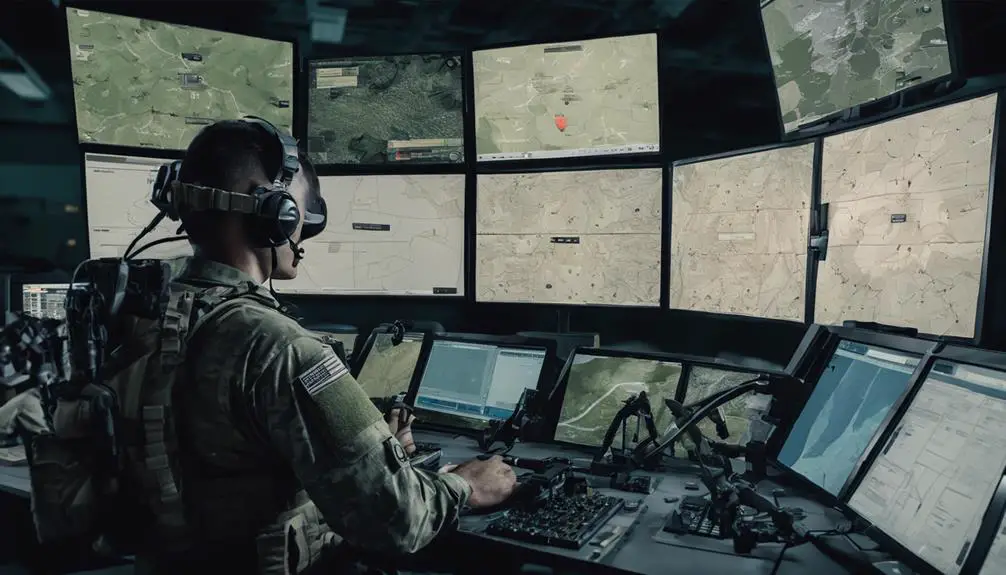
Reporting your status and situational awareness is important in tactical communication, as it enables others to maintain a clear understanding of your position and situation. When reporting, you'll use standard Radio Check Procedures to guarantee your transmission is received correctly. This includes stating your Net Call Sign, a unique identifier assigned to your unit or team, to authenticate your transmission.
During reporting, you'll provide essential information, such as your location, mission status, and any notable events or changes. This information is critical for maintaining situational awareness, allowing commanders to make informed decisions and allocate resources effectively. Remember to be concise and clear when reporting, as excessive chatter can compromise communication efficiency. When receiving reports from others, pay attention to their Net Call Signs to ensure authenticity and validity of the transmission. By following these procedures, you'll contribute to a cohesive and effective communication network.
Mission Critical Abbreviations

As you receive and relay critical information, it's essential that you're familiar with mission critical abbreviations to guarantee swift and accurate communication. In high-pressure situations, every second counts, and misunderstandings can be catastrophic. That's why knowing key abbreviations is vital for effective radio communication.
When conducting a Radio Check, you'll use abbreviations like 'Loud and Clear' (L&C) to confirm signal strength and clarity. You'll also need to be familiar with Encryption Protocols, such as Advanced Encryption Standard (AES) and Secure Communication Interoperability Protocol (SCIP), to ensure secure transmission of sensitive information.
Other critical abbreviations include 'Roger That' (RT) for message received and understood, 'Say Again' (SA) for repeat transmission, and 'Wait One' (WO) for pause or hold. Mastering these abbreviations will enable you to communicate efficiently and accurately, even in the most intense situations. By committing these mission critical abbreviations to memory, you'll guarantee seamless communication and enhance the success of your mission.
Coordinating Fire Support
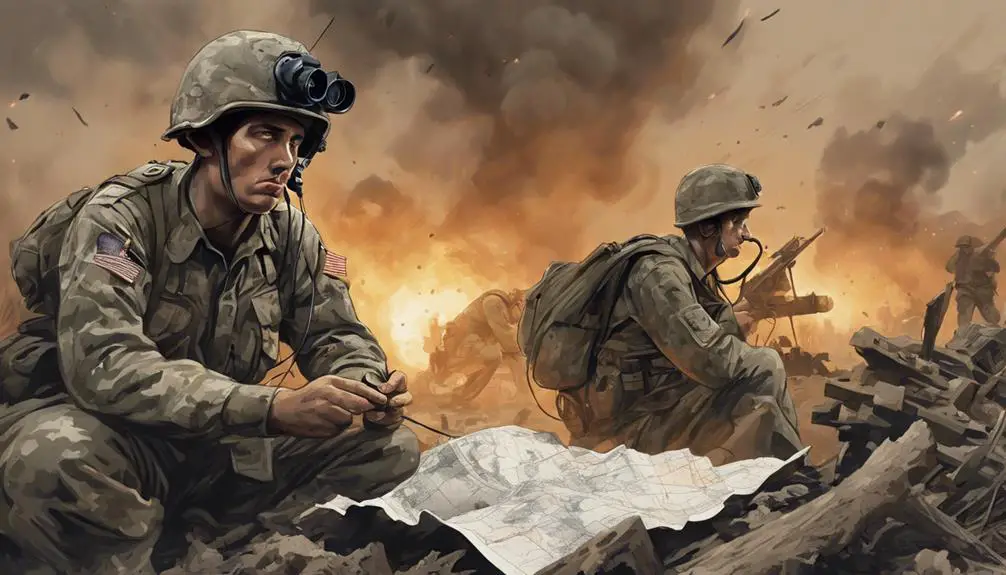
You'll need to coordinate fire support quickly and accurately, using standardized terminology to request artillery, airstrikes, or mortar fire in support of ground operations. Fire Mission Procedures dictate that you follow a specific format when calling in Artillery Requests. This guarantees that you provide all necessary information to the fire support team, ensuring timely and effective response.
When calling in a fire mission, you'll need to provide the target location, type of fire support requested, and any specific instructions or restrictions. You'll also need to authenticate your request using secure communication protocols to prevent unauthorized access.
It's essential to be familiar with the Fire Mission Procedures and Artillery Requests formats to guarantee seamless communication with the fire support team. This includes understanding the different types of fire support, such as suppressive fire, illumination, or precision-guided munitions. By following standardized procedures and terminology, you'll be able to effectively coordinate fire support, enhancing the success of ground operations.
Emergency and Distress Signals

In high-stress situations, every second counts, and using standardized emergency and distress signals is crucial to quickly convey critical information and guarantee timely assistance. As a radio operator, you must be familiar with emergency broadcasting protocols to ensure effective communication during crisis situations.
When transmitting distress signals, it's important to follow standardized protocols to convey the severity of the situation. You'll use specific codes and phrases to signal the urgency of the situation, such as 'Mayday' or 'Pan-Pan.' These codes are universally recognized and trigger immediate response from nearby stations and authorities.
In emergency situations, clear and concise communication is vital. You'll need to provide critical information, such as your location, the nature of the emergency, and the number of people involved. By adhering to distress signal protocols, you'll make sure that help arrives quickly and efficiently. Remember, in high-pressure situations, every second counts, and following established emergency broadcasting protocols can mean the difference between life and death.
Frequently Asked Questions
How Do I Maintain Radio Discipline in High-Stress Combat Situations?
You're thinking, 'How can I maintain radio discipline when bullets are flying and adrenaline is pumping?' It's a valid concern, but with the right training, you'll stay focused. Practice combat breathing to calm your nerves. Rehearse high-stress scenarios to build mental resilience. During stress rehearsal, visualize yourself staying composed, clearly transmitting crucial information. This preparation will help you maintain radio discipline, even in the most intense combat situations.
Can I Use Personal Callsigns or Only Unit-Designated Ones?
When communicating over radio, you'll use a callsign to identify yourself. In most cases, you'll be assigned a unit-designated callsign, which is part of the callsign allocation process. However, in some instances, you might be allowed a personal identifier as part of your callsign. It's crucial to clarify with your unit's communication protocol to determine if personal callsigns are permitted or if you'll be using a standardized, unit-assigned identifier.
What Is the Protocol for Correcting Transmission Errors Over Radio?
When transmitting over radio, you must prioritize error mitigation strategies to guarantee accurate communication. Implement transmission verification protocols, such as repeat-backs and read-backs, to confirm receipt of correct information. If an error occurs, immediately notify the recipient, and retransmit the corrected message. Verify the corrected transmission by requesting a confirmation response. Adhere to established protocols to maintain transmission integrity and prevent miscommunication.
How Often Should I Perform Radio Equipment Checks in the Field?
When operating in the field, you should perform radio equipment checks regularly to guarantee top performance. It's crucial to conduct daily radio frequency sweeps to detect potential interference and adjust your antenna orientation accordingly. This routine maintenance will help prevent transmission errors and ensure reliable communication. Consider checking your equipment every 8-12 hours, or whenever you change locations, to guarantee seamless radio operations.
Are There Any Radio Etiquette Rules for Interacting With Allied Forces?
When communicating with allied forces, you must adhere to established frequency protocols and communication standards. Familiarize yourself with standardized call signs, authentication procedures, and encryption protocols to guarantee secure transmission. Observe proper radio discipline, using clear and concise language, and avoid unnecessary chatter. Adhere to designated frequency allocations and respect priority transmission protocols to prevent interference or miscommunication.

